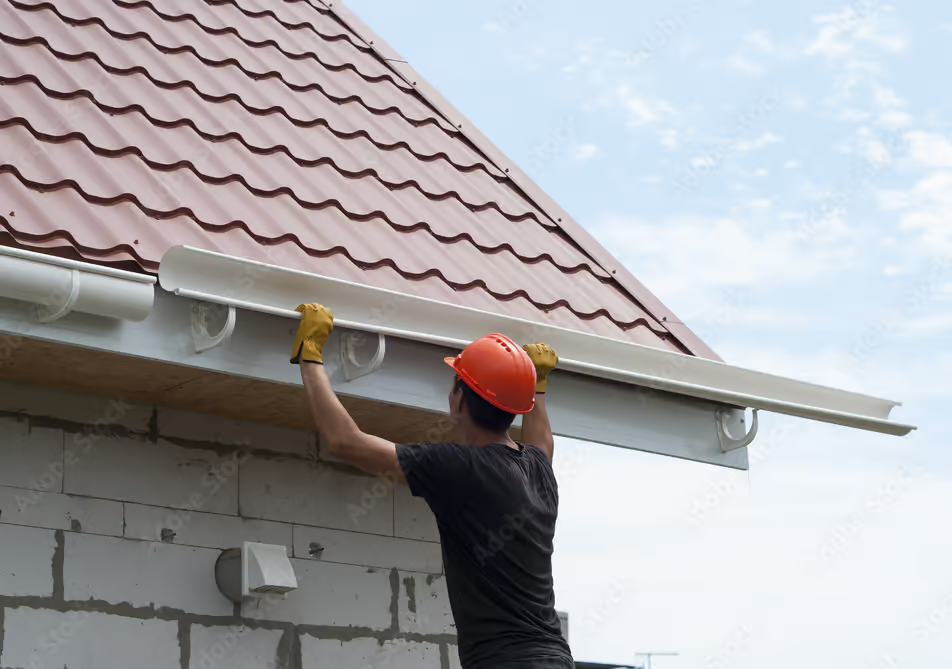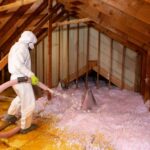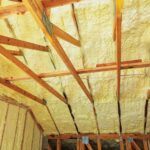When it comes to maintaining a home, one often overlooked component is the roof’s drainage system. An effective drainage system is crucial for preventing water damage and ensuring the longevity of your home. In this article, we will introduce you to essential roof downspout installation tips that will help you safeguard your property against potential water-related issues. Proper installation and maintenance of downspouts can make a significant difference in the overall health of your home.

The Importance of Downspouts
Downspouts are a critical part of your home’s drainage system. They direct water away from the foundation, preventing issues such as basement flooding, soil erosion, and damage to the foundation. Without properly installed downspouts, rainwater can accumulate around the base of your home, leading to costly repairs and structural damage.
Choosing the Right Materials
When selecting materials for your downspouts, it’s essential to consider durability and weather resistance. Common materials include aluminum, copper, and steel. Each material has its benefits, but aluminum is often a popular choice due to its lightweight nature and resistance to rust. Copper offers a more aesthetic appeal but comes at a higher cost. Steel is sturdy but may require regular maintenance to prevent rusting.
Aluminum
Aluminum downspouts are lightweight and resistant to rust, making them an ideal choice for many homeowners. They are also relatively easy to install and available in various colors to match your home’s exterior.
Copper
Copper downspouts offer a classic look and are highly durable. However, they can be expensive and may require professional installation. Over time, copper develops a natural patina that adds character to the home.
Proper Placement of Downspouts
Ensuring that your downspouts are correctly placed is essential for effective water drainage. Ideally, downspouts should be installed at the corners of your home and spaced no more than 30 to 40 feet apart. This placement ensures that water is evenly distributed and prevents pooling around the foundation.
Key Considerations
Consider the slope of your roof and the landscape of your yard when determining downspout placement. The goal is to direct water away from the foundation and towards areas where it can safely drain away.
Installation Steps
Installing downspouts can be a DIY project, but it’s crucial to follow the correct steps to ensure effectiveness. Here’s a step-by-step guide:
1. Measure and Mark
Begin by measuring the length needed for the downspout. Use a chalk line to mark the installation points on the wall.
2. Cut the Downspout
Use a hacksaw to cut the downspout to the desired length. Ensure that the cuts are clean and straight.
3. Attach Brackets
Secure brackets to the wall at the marked points. These brackets will hold the downspout in place.
4. Install the Downspout
Attach the downspout to the brackets, ensuring it is firmly in place. Check for any loose sections and tighten as needed.
Maintenance Tips
Regular maintenance is essential for keeping your downspouts in good working condition. Here are some tips to ensure they remain effective:
Inspect Regularly
Perform regular inspections to check for clogs, leaks, or damage. Remove any debris that may obstruct water flow.
Clean Gutters
Ensure that gutters are clean and free of debris. Clogged gutters can cause water to overflow, rendering downspouts ineffective. For more tips, visit our clay tile cleaning guide.
Secure Connections
Check all connections and brackets to ensure they are securely fastened. Loose parts can lead to leaks and damage.
Considerations for DIY Installation
While installing downspouts can be a DIY project, it’s essential to know your limitations. If you’re uncomfortable with heights or unsure of your skills, consider hiring a professional. Additionally, ensure you have the necessary tools and safety equipment before starting the project.
External Resources
For more comprehensive solutions on roof drainage, you can explore the best drainage solutions for flat roofs.
Internal Resources
For further guidance on maintaining your home’s roofing system, check out our detailed roof inspection checklist and learn how to repair downspouts effectively.
Conclusion
In conclusion, proper installation and maintenance of downspouts are crucial for protecting your home from water damage. By following these roof downspout installation tips, you can ensure that your home’s drainage system functions optimally, reducing the risk of costly repairs. Whether you choose to tackle the installation yourself or hire a professional, understanding the importance of downspouts and their proper placement will go a long way in safeguarding your home.

FAQ
1. How often should I clean my downspouts?
It’s advisable to clean your downspouts at least twice a year, preferably in the spring and fall, to prevent clogs and ensure efficient water flow.
2. Can I install downspouts myself?
Yes, installing downspouts can be a DIY project. However, if you’re uncomfortable with heights or lack the necessary tools, consider hiring a professional.
3. What is the best material for downspouts?
Aluminum is a popular choice due to its durability and resistance to rust. However, copper and steel are also viable options, depending on your budget and aesthetic preferences.
This article contains affiliate links. We may earn a commission at no extra cost to you.







